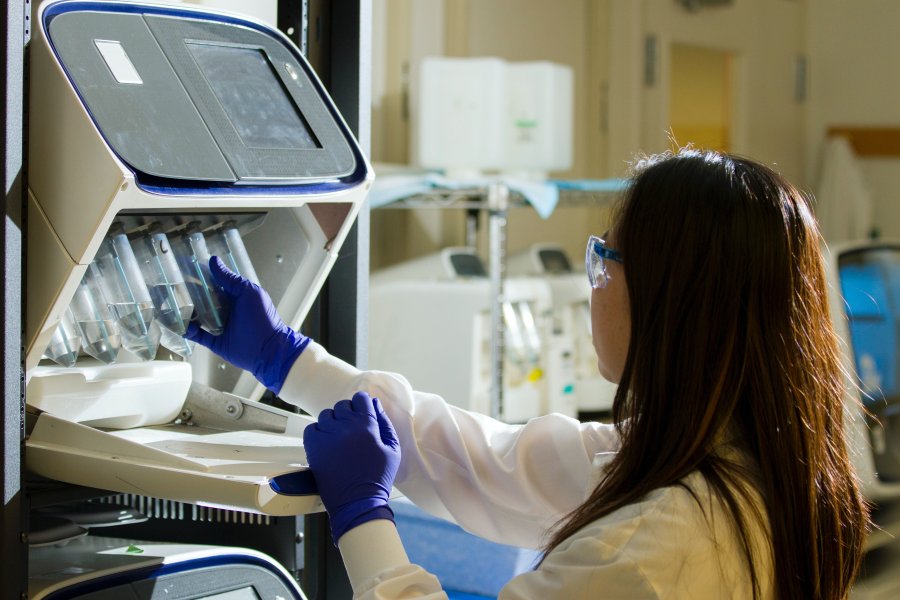
While we continue to digest the recent GRAM report on the growing impact of AMR, it’s now time to assess if action plans are sufficient to tackle the silent epidemic. Now we are gaining the ability to better measure AMR and compare it to other major health threats we can better hold the actions of policymakers to account.
This week, I want to highlight the role of the life sciences industry, coinciding with the release of the AMR Industry Alliance’s progress report earlier this month.
The focus on AMR action has (quite rightly) shifted to national governments in recent years, however the sector still has a unique responsibility to the problem, given its activities have direct consequences on the emergence and spread of AMR. Last month’s analysis on the burden of AMR pulls into focus the importance of establishing and maintaining an ethical framework for the industry, drawing other 21st century parallels with the food industry and social media companies.
Appropriate use is perhaps the most critical of the Alliance’s key strategic pillars, given that patient excretion is the main source of environmental exposure to human antibiotics. It is also the area where conflict may exist between policy and the interests of industry stakeholders. While its reassuring that 92% of surveyed R&D have implemented stewardship strategies, there are improvements to be made on the number of respondents that assess how antimicrobial promotion interacts and may conflict with antibiotic stewardship responsibilities.
The collection and sharing of antimicrobial surveillance data by the industry continues to decline, despite being a priority in the original industry roadmap. This continues a long-term trend, the space filled in part by standardised global and national programmes such as the GLASS initiative. It is only from transparency and the sharing of surveillance data, gathered from public and private enterprise can we really measure how our collective action is stemming the tide of AMR.
LSHTM's short courses provide opportunities to study specialised topics across a broad range of public and global health fields. From AMR to vaccines, travel medicine to clinical trials, and modelling to malaria, refresh your skills and join one of our short courses today.
